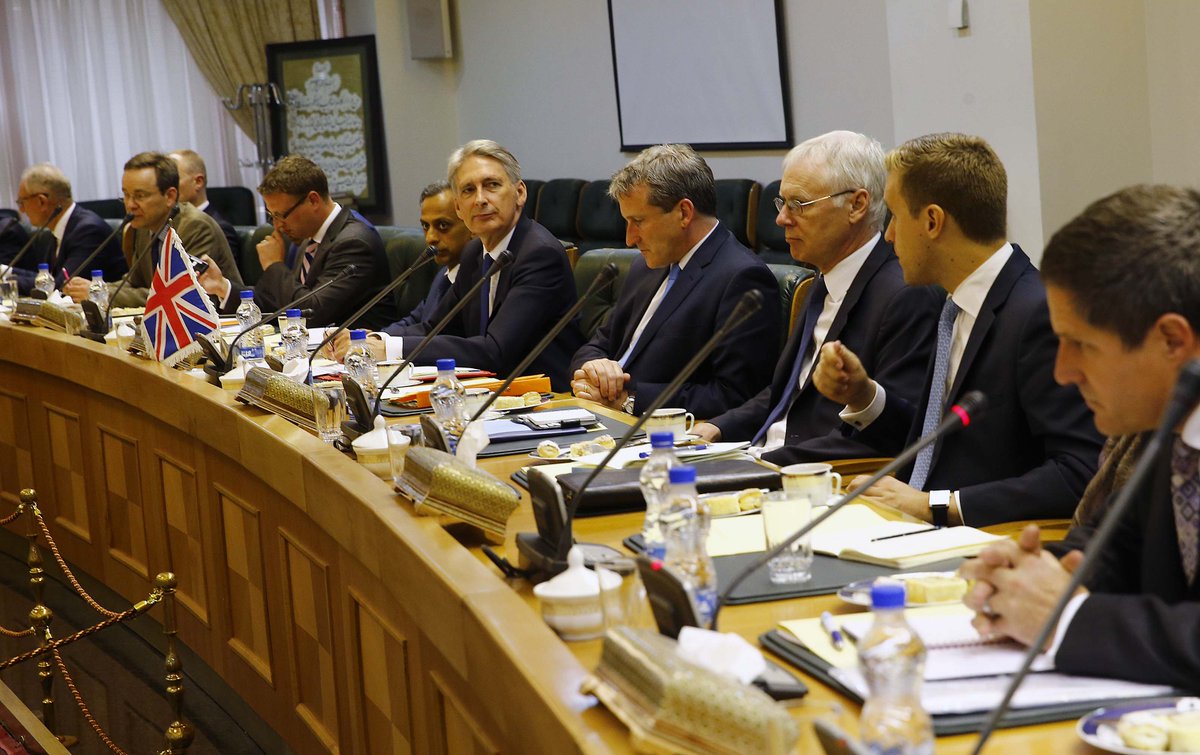Obama’s Motivation for the Iran Nuclear Deal
This may be somewhat conspiratorial, so critiques and commentary is invited. The common question has been for several months, why is Barack Obama so pro-Iran in order to get a final deal signed with regard to their nuclear weapons program.
No one seems to be able to suggest a viable reason, personally I went so far as to track down and interview Ambassador Mark Wallace, CEO of United Against Nuclear Iran.
Still without any meaningful answer as to why, it was prudent to search far and wide for clues and suddenly a real story began to develop on its own.
- Obama was raised under the doctrine of Islam, so the Muslim DNA runs deep in his soul.
- Later in college at Columbia, Obama wrote a thesis on Soviet nuclear disarmament.
- At Columbia, Obama had a professor, Rashid Khalidi, who was an aggressive anti-Israel activist.
- After Columbia and back in Chicago, Obama befriended two anti-Israel religious leaders, Louis Farrakhan and Reverend Wright.
- Barack Obama created and nurtured relationships in Chicago with Palestinians and then there was a farewell party in 2003 for Khalidi who was inspired by Edward Said.
- Khalidi wrote a book, Resurrecting Empire, describing that the Palestinians cannot secure their own land and Obama stood in solidarity with this notion.
- All the Middle East issues for Barack Obama centered around the plight of the Palestinians and Israel was to be neutralized.
- As the presidential nominee, Obama began to receive intelligence briefings and Operation Olympic Games was part of those briefings where Stuxnet was installed into the Iranian nuclear facilities in an effort to sabotage specialized computers commanding the centrifuges.
- Obama opened channels with Iran, Pakistan and North Korea in 2008 and 2009.
- In 2011, Obama calls for pre-1967 lines in Israel.
- In 2012, Obama was looking for a permanent and diplomatic solution with Iran and for the most part admitted there was no friendship between Obama and Netanyahu.
- In 2012, Obama gave the nod for Iran to enrich uranium up to 20% with other sanctions being waived.
- In 2013, the Iranian prisoner swaps began and most disturbing was Mjtaba Atarodi, an electronic scientist in prison in California was quietly released and home within 48 hours.
- In 2014, the Obama secret letters to Iran’s Supreme Leader Ali Khamenei continued and these included the matters of Islamic State, Syria and the nuclear deal and getting to a JPOA sooner rather than later. Additionally, cooperation began with Iran on how to best address the matters in Iraq, the strategy and Iranian militias both in the region and in Yemen.
Plans for an Iran strike by Israel has been on the table and in 2011, Israel Defense Minister Ehud Barak declared the time would be delayed for a future time. In 2012, Israel was poised to attack Iran, and the Obama National Security Council ensured that operation was terminated.
In summary, the United States and Israel have cooperated for decades on defense, military aid, arms sales, joint exercises and intelligence. This stems from a 1981 Memorandum of Understanding (MOU) that established cooperation on national security of both countries. In 1983, both sides signed a Joint Political Military Group implementing the MOU and in 1984 those activities commenced. In 1987, the United States constructed facilities to stockpile advanced military gear and munitions. In 1996, Congress codified this standard that included defense contracts, weapons systems, interagency strategic cooperation, diplomatic and intelligence operations and ballistic missiles. Countless laws/acts have been passed and signed in the United States where the U.S. and Israel together preserve and enhance Israel’s Qualitative Military Edge.
Barack Obama is bound by agreement, law and treaty history yet he takes this history and text to the line where his policy does not support or stand with Israel in fully defending Israel in military hostilities or engagements as noted in the most recent conflicts in Gaza. Having a JPOA, a nuclear agreement has for the most part thrown sand in the gears keeping his own anti-Israel cultural and lifelong behavior intact, all at the expense of stability in the Middle East. Barack Obama’s background demonstrates he would rather have a failed nuclear agreement that satisfies his Muslim doctrine against Jews and Israel than to militarily stand with Israel even as new alliances and relationships have been established, isolating the United States. The same theory here is also applied to the balance of the Middle East with emphasis on Iraq and Syria.



